Empowering Youth, Campuses & Communities to Prevent Suicide & Violence
with The Columbia Protocol (C-SSRS)
A Vital Component of School Safety & Community Protection
A Vital Component of School Safety: A Few Simple Questions in Everybody’s Hands to Prevent Suicide
Suicide is the #1 cause of death among adolescent girls globally.
(WHO)
Suicide is the #2 cause of death among U.S. 10-24 year olds.
(CDC, 2016)
Just ask a few questions to find people who need help before it’s too late.
What is The Columbia Protocol?
The Columbia is a few simple questions about suicidal thoughts and behavior that empower communities, families and individuals to find people who are at risk and prevent tragedies before they happen. It tells the professor, resident advisor or peer who needs a next step, and provides setting-specific recommendations.
-
Simple: You can ask as few as two to six questions, with no mental health training required to ask them.
-
Effective: Experience shows that the scale uniquely identifies those who would otherwise be missed.
-
Efficient: Use of the scale redirects resources to where they are needed most, preventing unnecessary interventions that are often costly, traumatic, and lead to disengagement from the needed care. The C-SSRS provides evidence-based thresholds to connect those at risk to the right level of care.
-
Free: It’s available at no cost.
-
The Most Evidence-Supported: The scale originated in a NIMH adolescent suicide attempter treatment study, and generated an unprecedented amount of research that validates the questions.
Regarding the C-SSRS, “We found another big piece of the school shooting puzzle – an antibiotic for suicide. This … could fundamentally change the game for early identification and intervention.”
Ryan Petty, parent of a Marjory Stoneman Douglas High School shooting victim from Parkland, FL
Youth Ambassadors and the Role of the Columbia Suicide Risk Screening Tool
There are concrete and hopeful ways that a school and its students can improve their approach to discussing suicide and mental illness.
Suicide prevention for youth ambassadors involves addressing a range of high-level topics to effectively engage with and support young people who may be struggling with suicidal thoughts or mental health challenges. The underlining message is that learning how to ask others about their thoughts, feelings and actions in a simple way, helps us understand each other, provide support and is essential to preventing tragedies.
- Understanding Mental Health: Educating youth ambassadors about mental health disorders, their prevalence, signs, and symptoms is crucial. This includes depression, anxiety, bipolar disorder, and other conditions that can contribute to suicidal thoughts and risk of suicidal behavior.
- Risk Factors and Warning Signs: Teaching ambassadors to recognize the risk factors and warning signs of suicide in their peers, such as withdrawal from activities, changes in mood or behavior, talking about feeling hopeless or trapped, giving away possessions, and sudden improvement after a period of depression.
- Stigma Reduction: Addressing stigma surrounding mental illness and suicide is essential. Youth ambassadors can learn strategies to challenge myths, stereotypes, promote empathy, and create supportive environments where individuals feel safe to seek help.
- Effective Communication: Training ambassadors in active listening, empathetic communication, and appropriate responses to someone in crisis can empower them to offer meaningful support to their peers and connect them with appropriate resources.
- Building Resilience: Providing education and resources on coping mechanisms, stress management techniques, and building resilience can help youth develop healthy ways to navigate challenges and setbacks.
- Promoting Help-Seeking Behavior: Encouraging ambassadors to promote help-seeking behavior among their peers by providing information about available resources, including hotlines, counseling services, and support groups.
- Crisis Intervention: Equipping ambassadors with knowledge about how to respond effectively in crisis situations, including de-escalation techniques, safety planning, and knowing when and how to involve trusted adults or emergency services.
- Peer Support Networks: Facilitating the development of peer support networks where young people can share experiences, offer encouragement, and provide mutual support can be a valuable component of suicide prevention efforts.
- Cultural Sensitivity: Recognizing and addressing cultural factors that may influence attitudes towards mental health and help-seeking behavior is important for ensuring that suicide prevention efforts are inclusive and effective across diverse communities.
- Self-Care: Emphasizing the importance of self-care and boundary-setting for youth ambassadors is essential to prevent burnout and ensure their own well-being as they engage in emotionally demanding work.
A Critical School Protection Strategy: Going Beyond the Classroom and Counselor’s Office
-
Properly assessing a person’s risk for suicide helps everyone in the community determine next steps and save lives.
-
The C-SSRS helps to coordinate prevention and crisis response efforts.
-
Using a common language provided by the C-SSRS to cope with crisis helps to reduce anxiety in teachers, coaches, first responders and peers.
“If implemented to the extent of its capacity across the country, the Columbia has the potential to keep the 64 million children in our schools safe physically and mentally by helping prevent school violence.”
James Shelton, Former Deputy Secretary, U.S. Department of Education
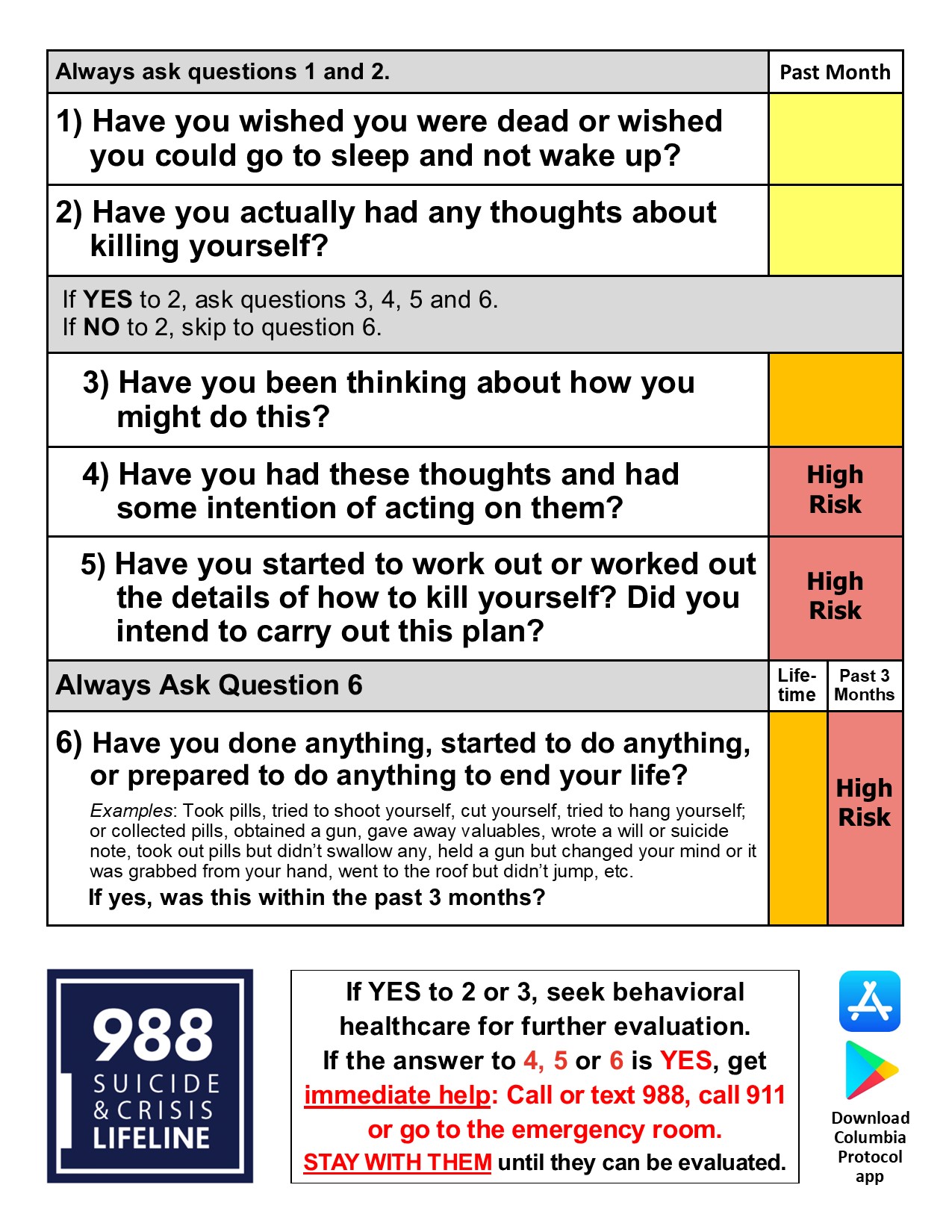
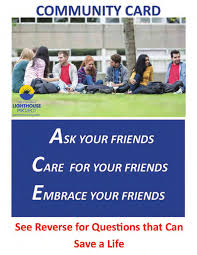

A Conversation with Kevin Hines: Surviving Suicide, Spreading Hope
Suicide survivor Kevin Hines, who jumped from the Golden Gate Bridge at age 19
“MOST PEOPLE CONSIDERING SUICIDE WANT SOMEONE TO SAVE THEM. WHAT WE NEED IS A CULTURE IN WHICH NO ONE IS AFRAID TO ASK. WHAT WE NEEDED WERE THE QUESTIONS PEOPLE COULD USE TO HELP SAVE US. THAT’S WHY THE PIONEERING CHANGE THE C-SSRS IS ENABLING IS SO ESSENTIAL TO HUMANITY.”
THE COLUMBIA IN ACTION
Reducing Liability & Workload While Saving Lives
The C-SSRS provides valuable risk identification, protecting both students and universities against liability. Recently, the Massachusetts Supreme Court determined that schools are legally required to protect students when they express intent to act on suicidal thoughts (C-SSRS Questions 4 or 5) or if there has been a suicide attempt at school or soon before matriculation that they have knowledge of (Question 6).

Previously, it was “simply an officer, ambulance relying on their gut feeling and maybe sometimes transporting somebody to the emergency because of liability reasons. We don’t want to leave somebody. [The C-SSRS] changes the game to the extent that now they have something to hang their hat on.”
Rory Beil, Project Manager, ReThink Mental Health and Clay County Public Health
Follow this link or scan this code to watch a short demonstration of how to ask questions with the C-SSRS screener:
https://tinyurl.com/CSSRSDemoVideo

At Centerstone, one of the largest behavioral healthcare providers in the United States, the suicide rate among its Tennessee patients was lowered by 65% within the first 20 months of implementation.
After putting the C-SSRS in everybody’s hands, the U.S. Marine Corps saw a 22% reduction in the number of service member suicides.
Utah reversed an almost decade-long increase in suicide deaths.
The Columbia is the nationally adopted common language for talking about suicide, fostering an essential protective and promotive factor for all youth: “the belief held by students that adults and peers in the school care about their learning as well as about them as individuals…” (CDC, 2009)
Build Connections by Simply Asking
Just asking the questions is a positive action. When we ask a student or a friend how they’re doing, it signals that someone cares about them. This simple action promotes connectedness – a critical protective factor against suicide and violence.

The Columbia Protocol creates a common language. Having a common language with clear definitions of suicidal thoughts and behaviors is critical for developing school safety and response protocols. Schools distribute the Columbia Community Cards to teachers, coaches, parents and students, so that everyone is empowered to ask about suicide.
THE POWER OF ASKING
High-risk students who get screened are less distressed and suicidal than high-risk students who do not receive screening.
(Gould et al, 2005)
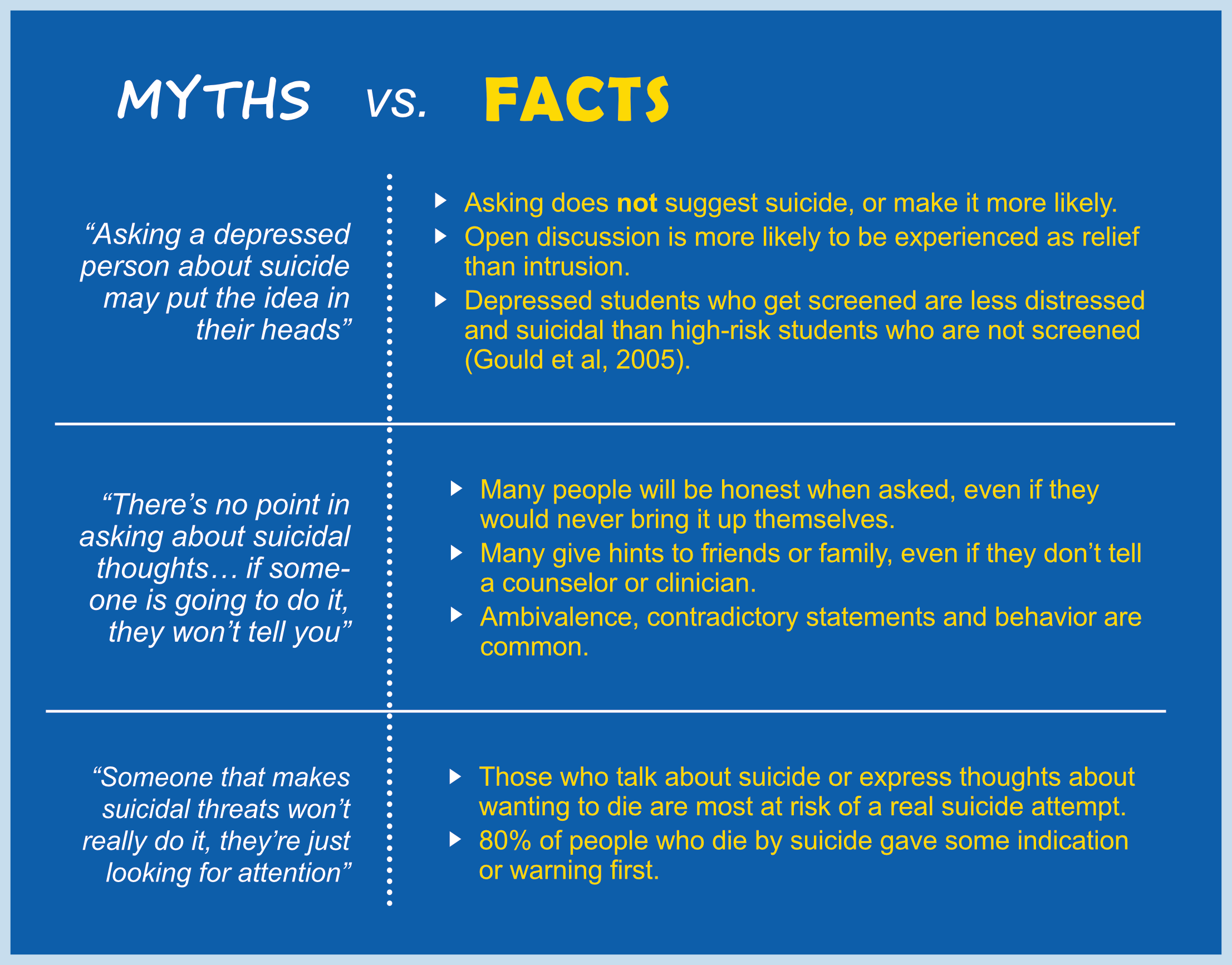
Suicide & Youth in the U.S.
-
Approximately 17% of high school students (2015) and 13% of college students (2018) reported seriously considering suicide within the prior year (CDC)
-
Each year, 8% of high school students (2015) and 2% of college students (2018) make one or more suicide attempts (CDC)
-
An estimated 51,518 adolescents are hospitalized each year for self‐inflicted injuries, resulting in total annual costs of approximately $477,580,000 (CDC 2010)
-
Fewer than 20% of students who die by suicide received any campus-based mental health services
The Columbia Lighthouse Project
is dedicated to improving suicide risk assessment prevention across all sectors of society. The suicide assessment method developed in collaboration with other academic medical centers, the Columbia Suicide Severity Rating Scale, is used extensively in education and healthcare systems, state-wide suicide prevention programs, the military, as well as academic and industry research in the US and abroad.
In order to help integrate the C-SSRS into your prevention protocols, we will:
- Help select the right screening tool and modify it for your setting
- Answer questions about how to use the tool and provide hands-on support
- Direct you to resources that can bolster your suicide prevention efforts
For support, copies of the tool, or additional information, please visit cssrs.columbia.edu
Identify risk. Prevent suicide. Together, we can make a difference.
“We all have the potential to use the C-SSRS to save a life.”
– Keita Franklin, Director U.S. Department of Defense Suicide Prevention Office
The C-SSRS has been endorsed, recommended, or adopted by:
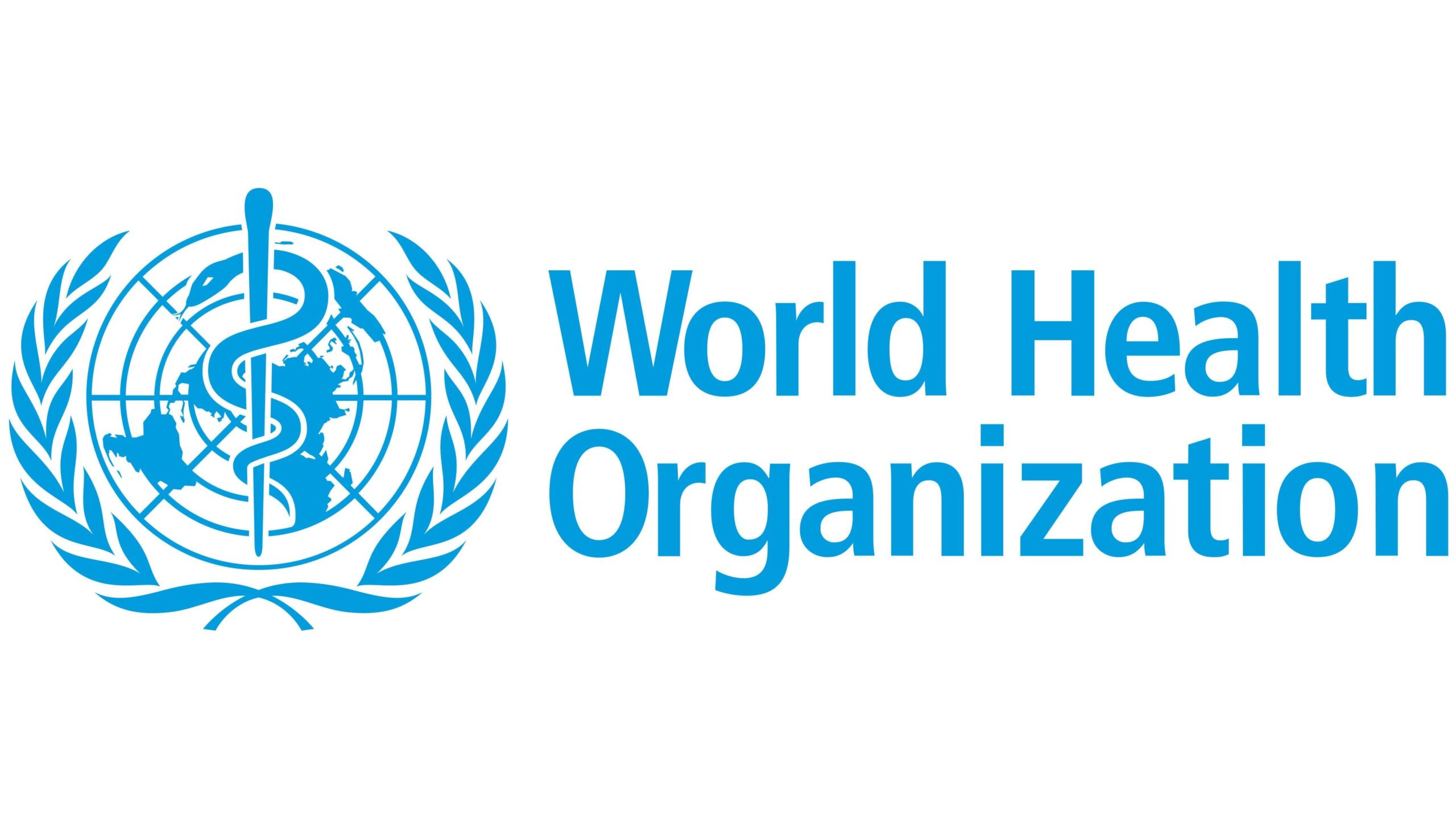

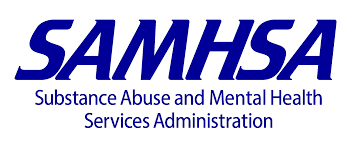
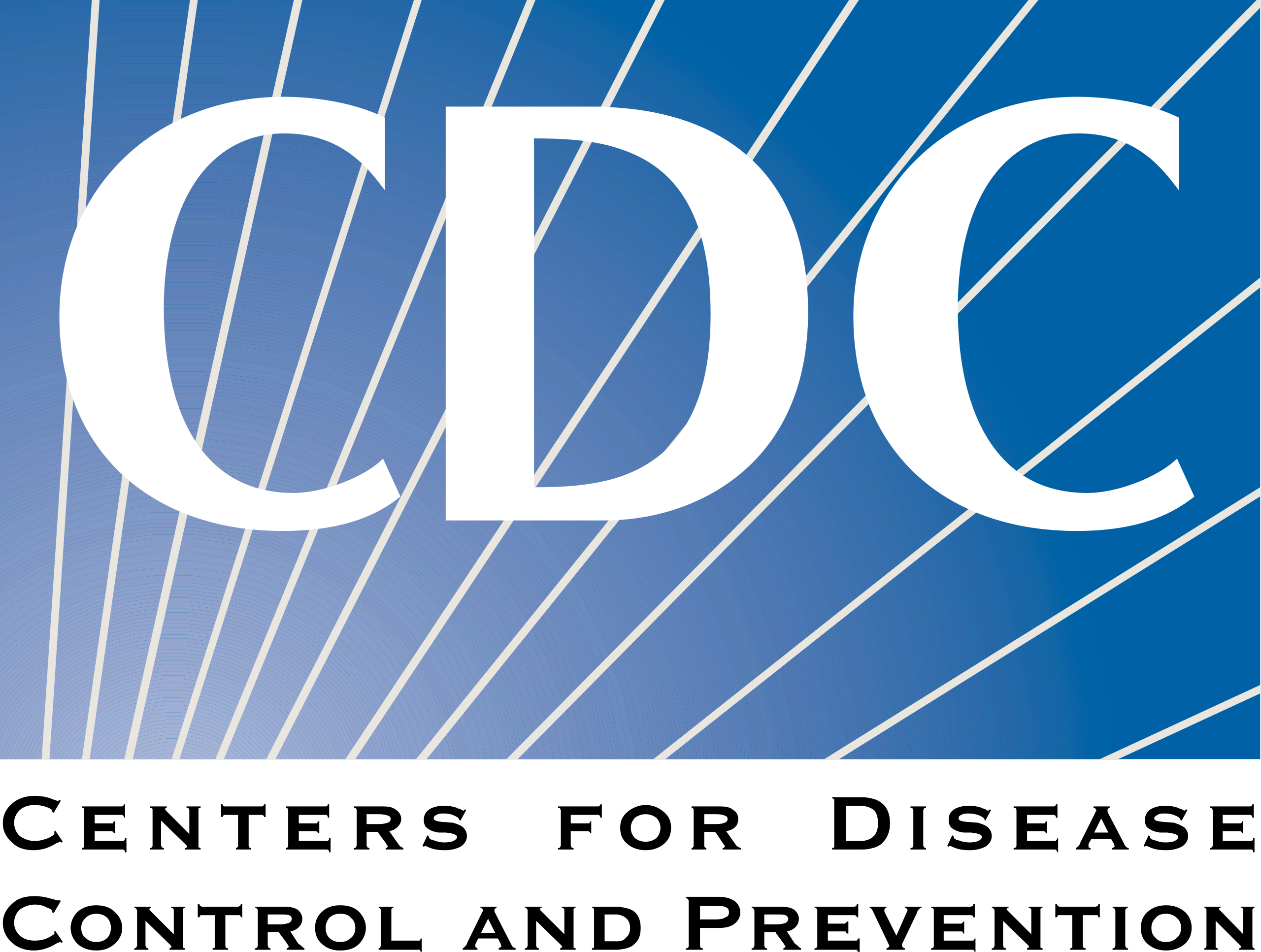
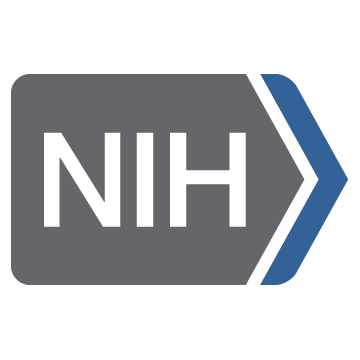
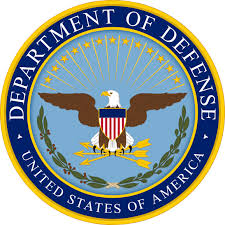
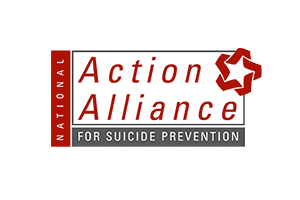
Identify Risk. Prevent suicide.
Together, we can make a difference.


